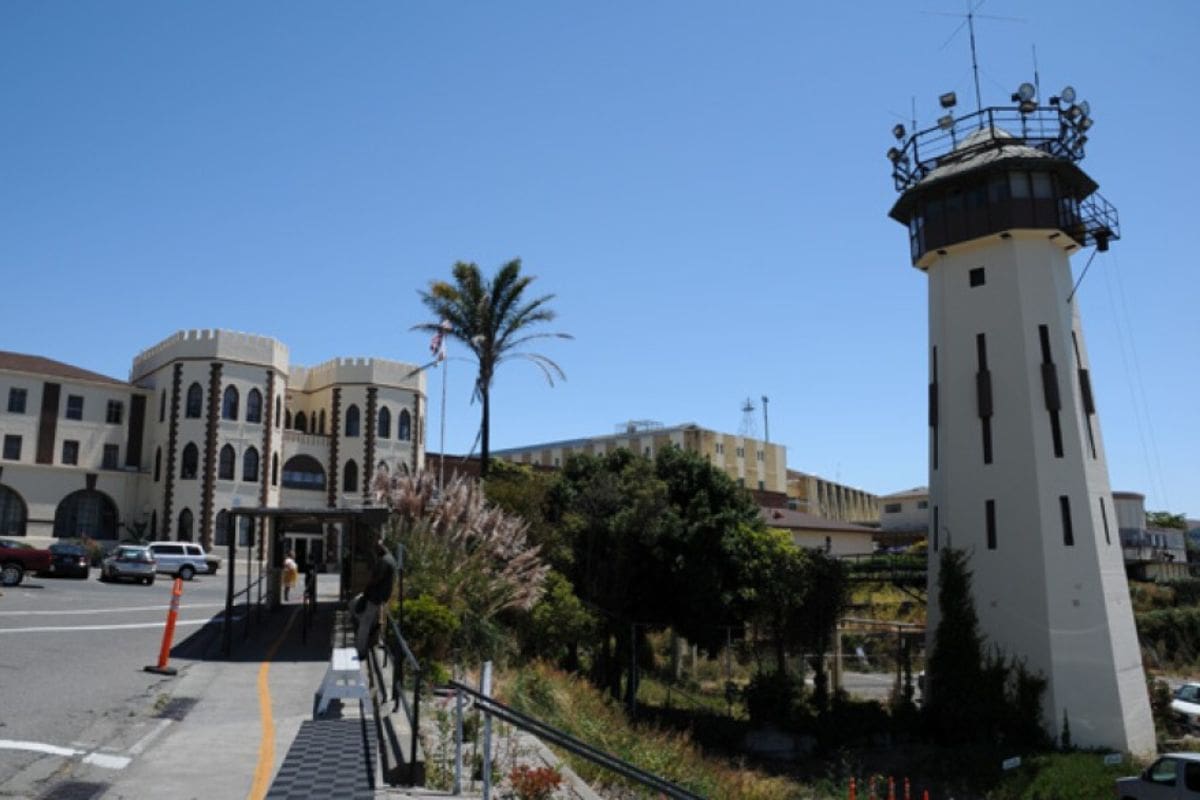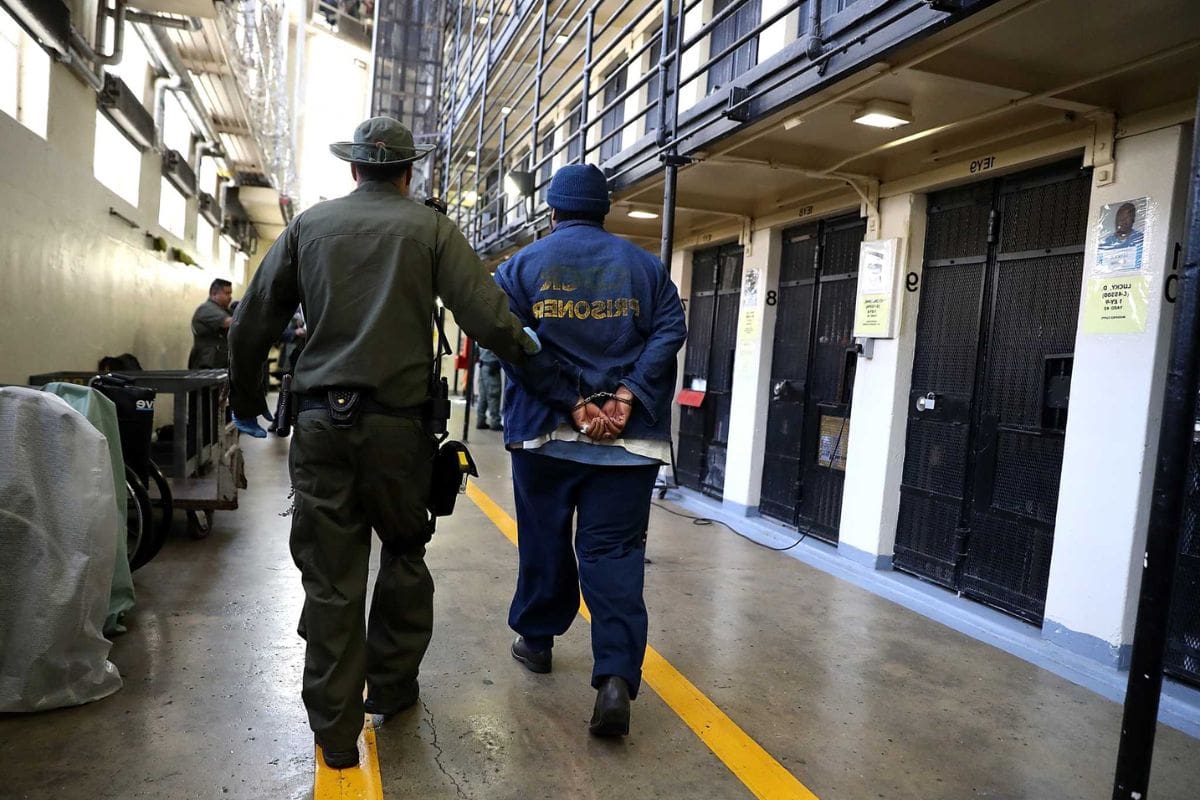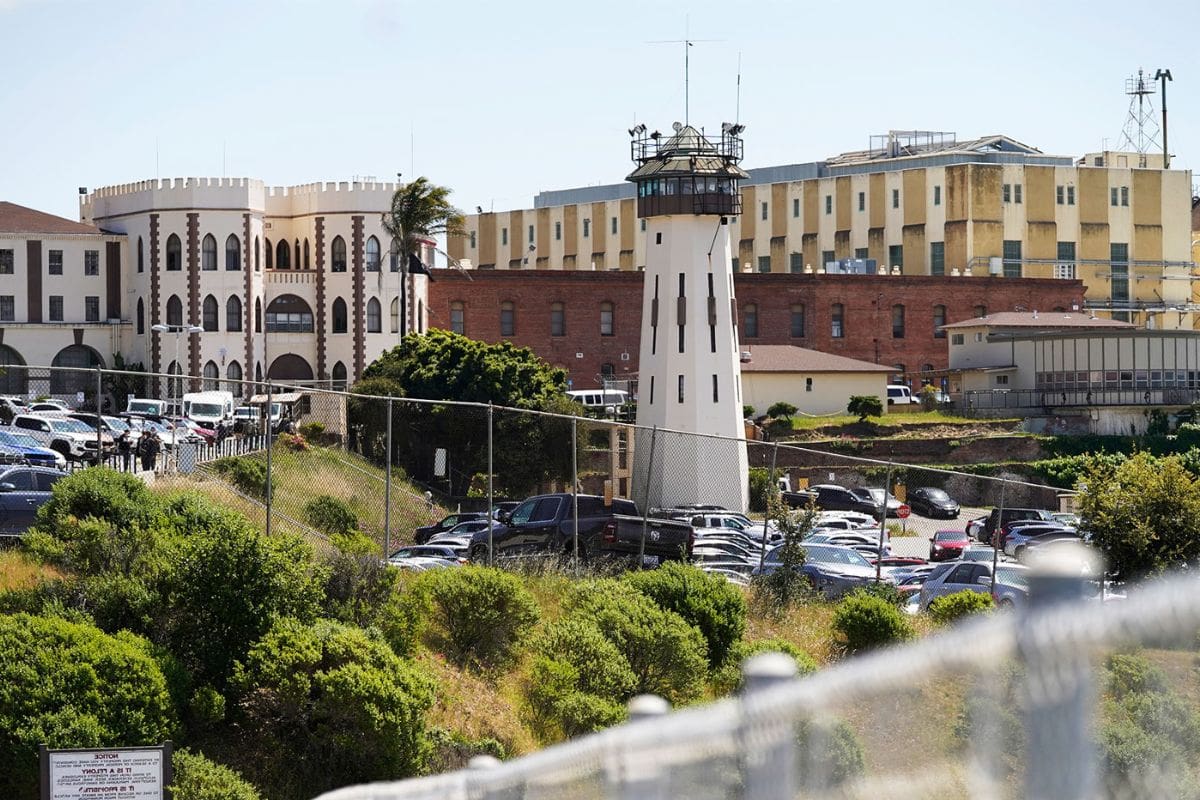California Notorious San Quentin Penitentiary: Located just north of San Francisco, California, San Quentin Penitentiary has earned a notorious reputation as one of the most infamous correctional facilities in the United States.
With a history dating back to 1852, this maximum-security prison has been home to some of the most dangerous criminals in the state. From high-profile inmates to its long-standing reputation for violence and overcrowding, San Quentin has become a symbol of the challenges faced by the California Department of Corrections and Rehabilitation.
However, amidst the grim reality, there have been efforts to transform this institution, addressing issues such as overcrowding, housing conditions, and rehabilitation programs. In this discussion, we will explore the transformative changes being implemented at San Quentin and the recommendations set forth by experts, the challenges of accelerating normalization and changing the correctional culture within this notorious penitentiary.
Key Takeaways Of California Notorious San Quentin Penitentiary
- San Quentin Penitentiary is located just north of San Francisco, California and has a notorious reputation as one of the most infamous correctional facilities in the United States.
- Addressing unsatisfactory conditions at the prison is a priority, with efforts focused on improving hygiene standards, increasing cleaning frequency, and following proper sanitation protocols.
- The advisory council formed to assess conditions at San Quentin Penitentiary has recommended various measures for transformation, including reintegration programs, normalization efforts, and addressing underlying causes of criminal behavior.
- Overcrowding and housing conditions are pressing challenges, with proposals to release and close some California prisons and create single-person cells to improve living conditions.


Also Read: Federal Government Invests Over 6 Billion Dollar in Two California High-Speed Rail Projects
San Quentin’s Transformative Change
In light of the need for transformative change, San Quentin Penitentiary is taking proactive measures to address the challenges it faces and implement necessary improvements.
One of the key challenges that the prison has faced is the issue of unsanitary conditions. In response to this, San Quentin has prioritized the improvement of hygiene standards within the facility.
Efforts have been made to increase the frequency of cleaning and to ensure that proper sanitation protocols are followed. Additionally, the prison has formed an advisory council to assess the current conditions and provide recommendations for improvement.
The council’s report has highlighted the need for better infrastructure and increased resources to address the challenges effectively. San Quentin is committed to implementing the necessary changes to create a safer and more sanitary environment for both inmates and staff.
Council Recommendations for Transformation
After addressing the issue of unsanitary conditions, San Quentin Penitentiary now turns its attention to the transformative recommendations put forth by the advisory council, aiming to reestablish a culture of rehabilitation and reintegration within the prison.
The 150-page report outlines key recommendations that seek to bring about significant changes in the prison system. These recommendations include:
- Reintegration programs: The council emphasizes the importance of providing inmates with the necessary skills and resources to successfully reintegrate into society upon release. This includes vocational training, educational programs, and mental health support.
- Normalization efforts: The report suggests creating an environment that mirrors the outside world as closely as possible, allowing inmates to develop the necessary skills and behaviors needed to function in society. This includes providing opportunities for meaningful work, recreational activities, and family visits.
- Building a rehabilitation-based culture: The council recommends a shift in the prison’s focus from punishment to rehabilitation. This involves implementing evidence-based programs that address the underlying causes of criminal behavior, such as addiction, trauma, and mental health issues.
Addressing Overcrowding and Housing Conditions
San Quentin Penitentiary faces the pressing challenge of addressing the issue of overcrowding and improving the conditions of housing within the prison.
To tackle this issue, specific recommendations have been made. Firstly, there are proposals to release and close some California prisons, which would help alleviate the overcrowding problem.
Additionally, efforts are being made to improve the housing conditions by creating single-person cells. This would provide inmates with more privacy and better living conditions.
These recommendations aim to address the fundamental problems of overcrowding and substandard housing that have plagued San Quentin Penitentiary for years.


Accelerating Normalization and Rehabilitation
To further improve the conditions of housing and address the issue of overcrowding at San Quentin Penitentiary, efforts are now being focused on accelerating normalization and rehabilitation within the prison environment.
The proposed plans aim to provide comprehensive rehabilitation and reintegration programs for inmates, ensuring they have the necessary tools and support to successfully reintegrate into society upon release.
In addition, the enrollment systems for these programs will be enhanced to streamline the process and increase accessibility for all inmates.
Furthermore, there will be a revamp of the program approval processes, ensuring that only evidence-based and effective programs are implemented.
These measures are crucial in promoting the rehabilitation and successful reintegration of inmates, ultimately reducing recidivism rates and creating safer communities.
Changing Correctional Culture
Efforts are underway to transform the correctional culture at San Quentin Penitentiary, focusing on staff training, communication, and policy updates to foster cooperative relationships between guards and residents. These recommended changes aim to create a more rehabilitative and supportive environment within the prison walls.
Staff training programs are being implemented to equip guards with the necessary skills to interact with residents in a respectful and empathetic manner. Improved communication channels are being established to encourage open dialogue and understanding between staff and residents, promoting a sense of shared responsibility and accountability.
In addition, policy updates are being made to ensure fair and consistent treatment of residents, while also addressing their individual needs and promoting their successful reintegration into society. These changes reflect a shift towards a more humane and effective approach to rehabilitation within the correctional system.


Conclusion Of California Notorious San Quentin Penitentiary
The transformative changes recommended for California’s notorious San Quentin Penitentiary aim to address overcrowding and improve housing conditions, while also promoting normalization and rehabilitation.
Additionally, efforts to change the correctional culture are being made. These recommendations are crucial in creating a more effective and humane prison system that focuses on the rehabilitation of inmates and ensures the safety and well-being of both prisoners and staff.
Our Reader’s Queries
Q1. What is the infamous prison in California?
A. As a historic penitentiary in the United States, San Quentin gained notoriety and featured prominently in various movies, television shows, songs, and books.
Q2. What happened to San Quentin?
A. In March 2023, Governor Gavin Newsom of California unveiled a groundbreaking initiative for the prison formerly known as San Quentin State Prison. This project aimed to enhance public safety by prioritizing rehabilitation and education.
Q3. What’s the worst prison in California?
A. The lawsuit alleges that individuals “have been confined in the Security Housing Unit (“SHU”) of California’s Pelican Bay State Prison for an unreasonably extended duration without a meaningful assessment of their placement,” asserting that “California’s exceptionally severe practice of prolonged solitary confinement at Pelican Bay is inhumane…
Q4. Who is the baddest prisoner in the world?
A. Reportedly the most dangerous prisoner in world history, Thomas Silverstein was a convicted murderer and member of ADX Florence prison. He was associated with the killing of multiple inmates and correctional officers during his incarceration.

